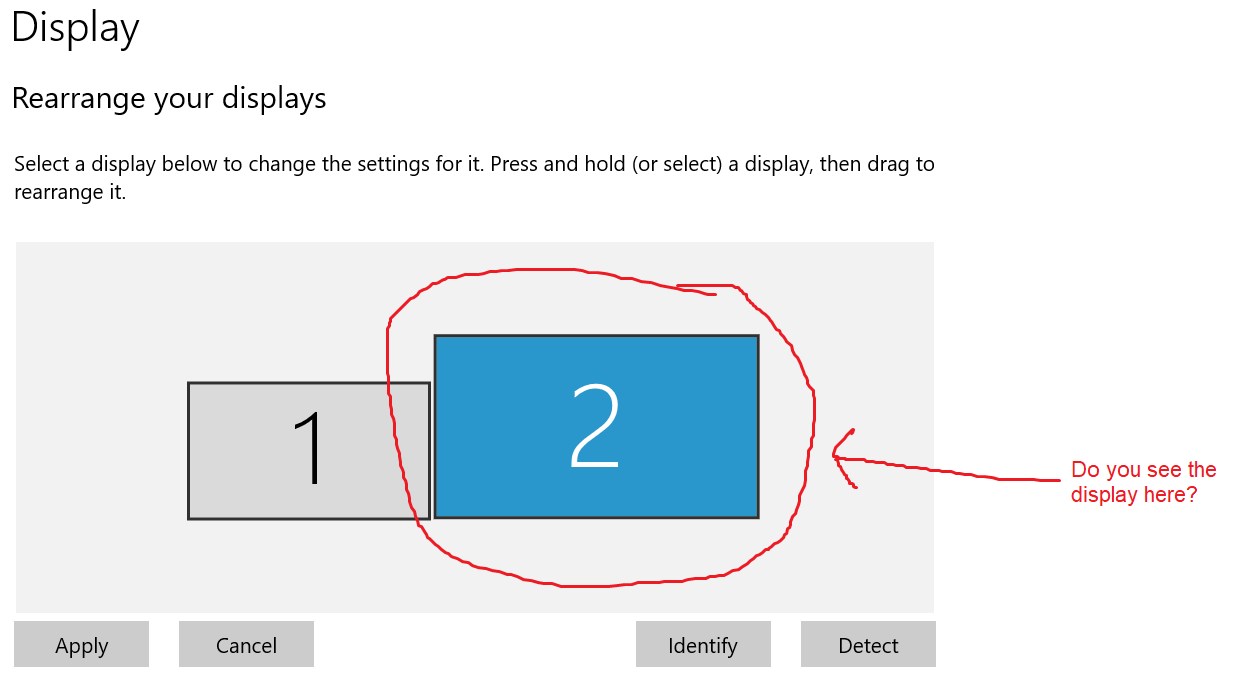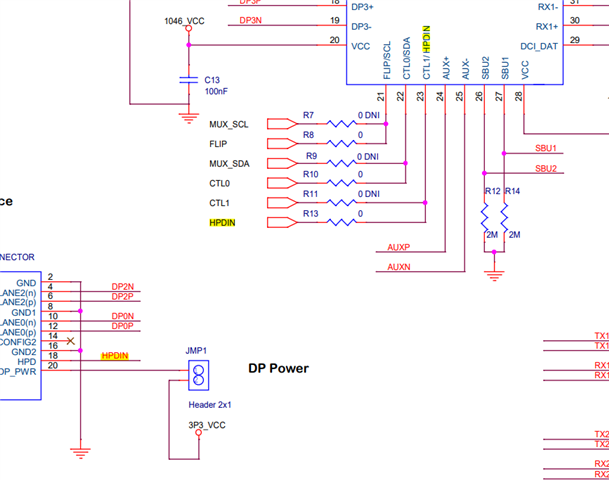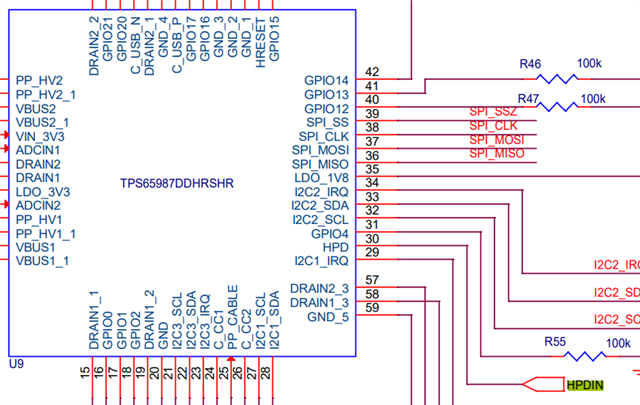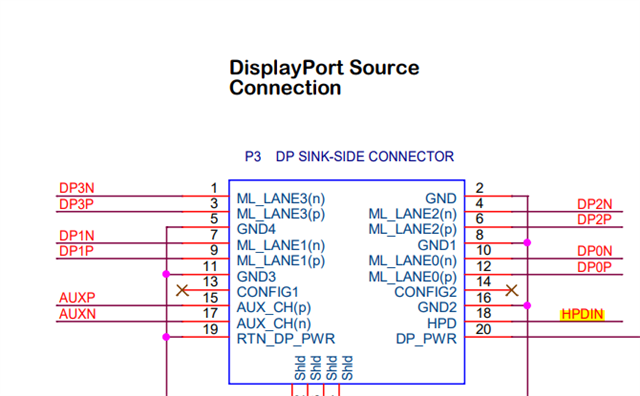Tool/software:
Hello,
I purchased a TUSB1046EVM, I received revision F of the board. I connected the DP input, external 5V power and on the other end the Type C port to a Type C monitor. It did not work. So I tried two more different type C monitors (different brands as well) that are known good and confirmed to work with iPhone/Samsung phones. However through the dev board I get no signal out. The monitors simply flicker on and off.
I tried to download the user guide but they are all for the older revisions of the dev board and the jumpers and connector names have changed compared to the older version board. So what do I need to do to get a video out of this dev board (revision F)?
Thanks.









